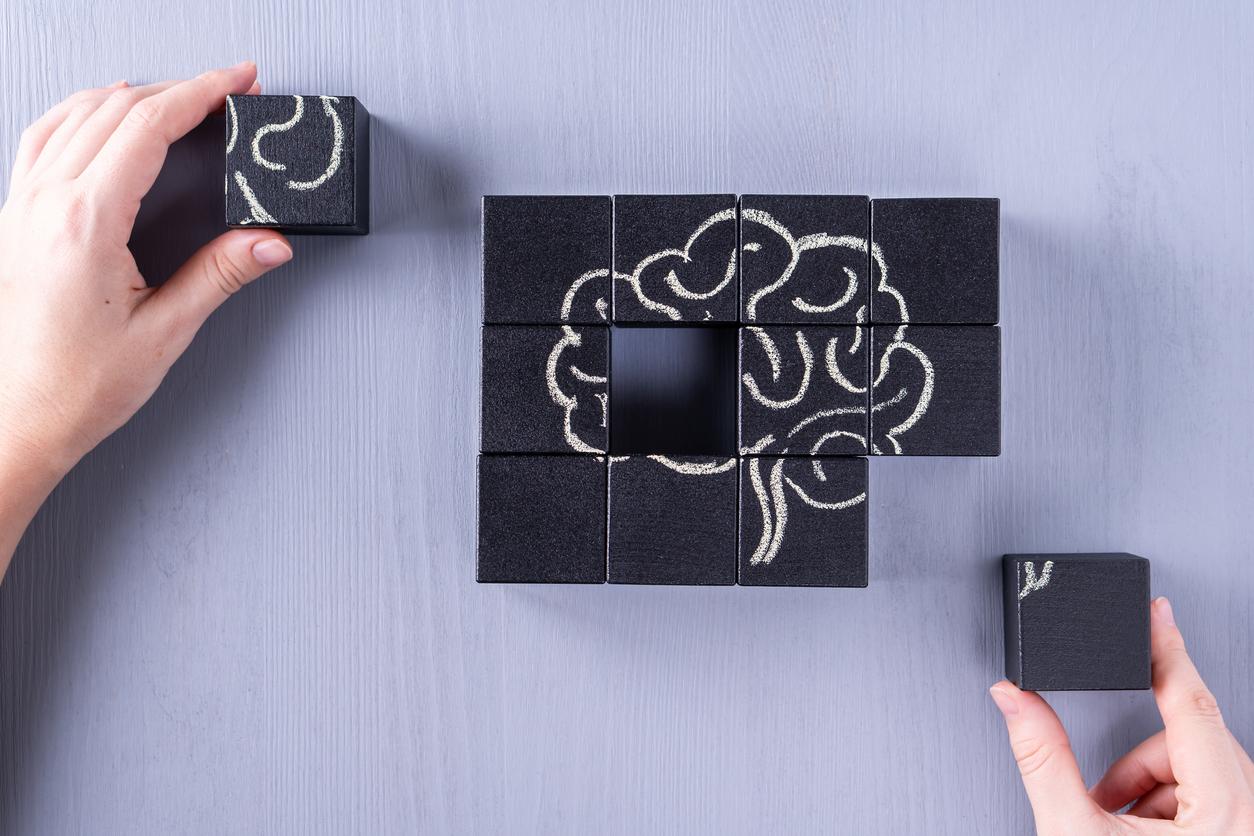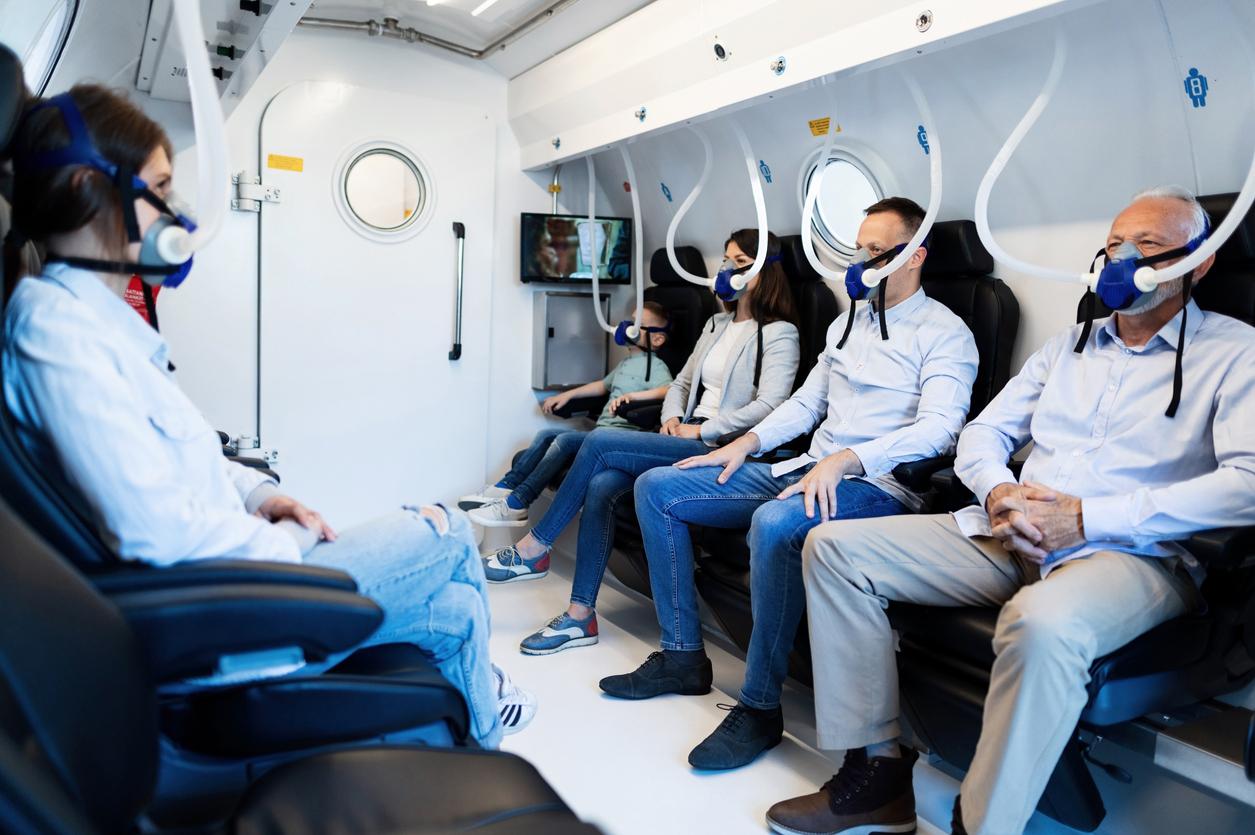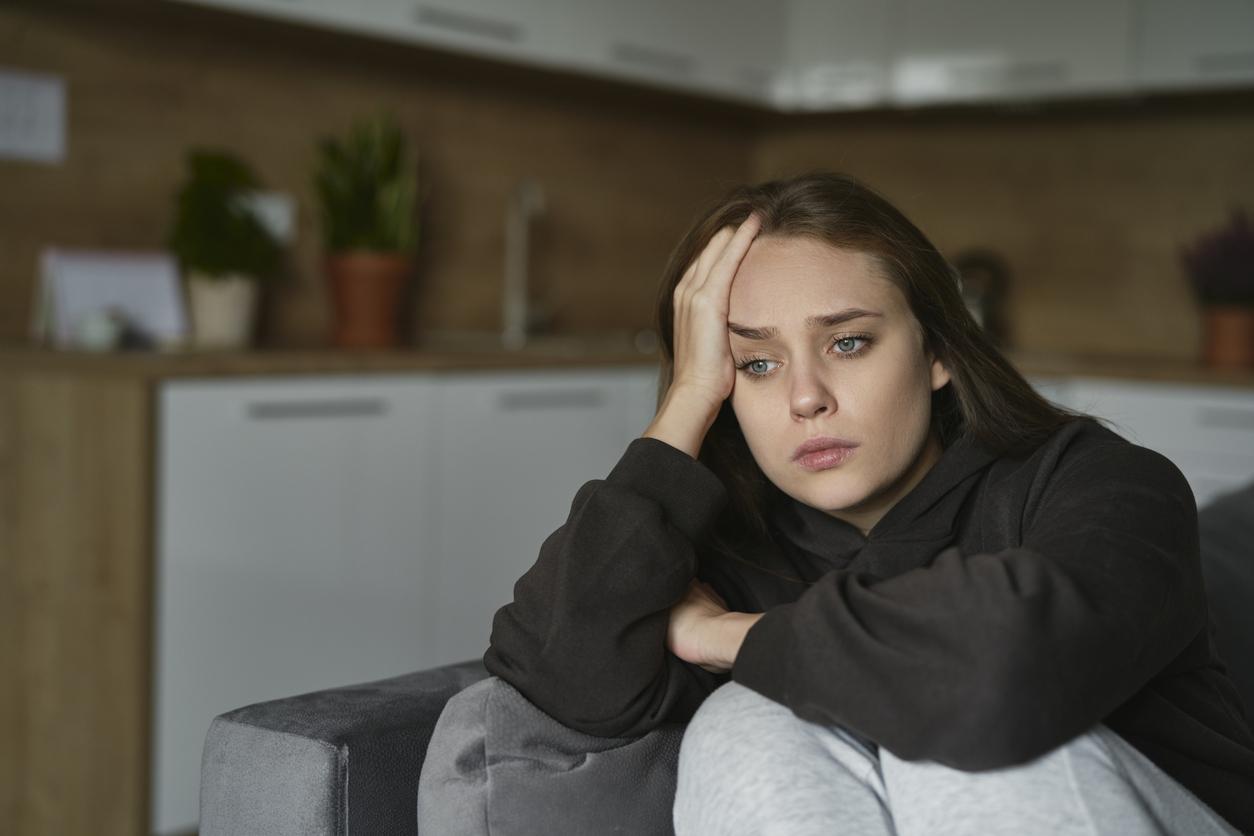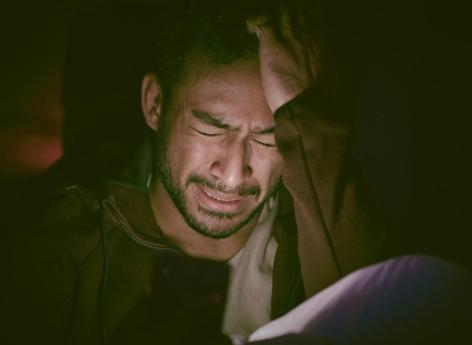At least 120 people in psychological shock were taken care of the day after the Nice attack. The aim is to limit post-traumatic stress syndromes.

They were 30,000 walking along the Promenade des Anglais in Nice, after the fireworks display on July 14th. 84 were killed in a matter of minutes, mowed down by a truck targeting the crowd. During his murderous journey, the driver also injured 202 people. This Sunday, 85 were still hospitalized and for 18 of them, including a child, the vital prognosis was still engaged, according to the Minister of Health Marisol Touraine. While the physical injuries are numerous, the minds of victims and witnesses have also suffered a terrible shock.
“A runaway neurological system”
As of July 15, some 120 people had been taken care of for psychological shock within the medico-psychological emergency cells deployed in Nice and its surroundings. Victims will benefit from active support intended to prevent the occurrence of post-traumatic stress disorder. “The care consists of welcoming victims, putting them at a distance, making them talk, and introducing an anxiolytic treatment to sleep, relax,” summarizes Bruno Millet, psychiatrist at the Pitié-Salpêtrière hospital (Paris).
CUMPs deal with acute stress, which is a natural reaction to danger. “It is a runaway neurological system that places itself in a defensive situation,” explains Dr. Millet. This state of extreme vigilance manifests itself in an increased heart rate and faster breathing. It doesn’t have to last.
Over time, memory dulls memories and the emotions associated with them. “The mind works through resilience: we are capable of accepting everything, even the dreadful, developing Bruno Millet. He tries to rebuild himself, even without medication. But sometimes the mind gets stuck on the traumatic event. This is when post-traumatic stress occurs, often assimilated to memory dysfunction: the memory remains as vivid as on the first day.
14,000 calls handled
More than 120 people are mobilized within the Interministerial Victim Assistance Unit (CIAV). It brings together officials from the Ministries of Justice, the Interior, Health and Foreign Affairs, health professionals, as well as the federations of assistance to victims and victims (INAVEM, FENVAC).
No less than 76 respondents provide a telephone response to relatives of victims and victims. A unique telephone number has been distributed (01 43 17 56 46). These are, at this hour, nearly 14,000 calls and 1,200 emails received.
As a reminder, 84 people died following the murderous madness of the terrorist Mohamed Lahouaiej Bouhlel.
A Paris-Nice link
Post-traumatic stress is “a chronic condition, which is confirmed after three months when symptoms persist despite appropriate treatment,” explains Bruno Millet. Psychotherapies are then offered, as well as drug treatments. In addition to this classic treatment, in February a Franco-Canadian team launched trials on a beta-blocker, propranolol. Anyone suffering from post-traumatic stress following the attacks of November 13 can be included in the protocol ” Paris: Living Memory “.
The propranolol quickly restores the natural process of memorization, within the framework of an adapted therapy. Indeed, it inhibits a neurotransmitter that influences negative emotions and strengthens certain memory circuits: norepinephrine. Coordinator of the study, Bruno Millet does not rule out extending the work to victims of Nice. “Of course I will get in touch with my colleagues in Nice and offer them our help,” he approves. But we will have to wait before organizing a collaboration: propranolol has been tested in the treatment of acute stress. However, “it is not recognized because it has not been shown that it worked”, indicates Professor Millet.

Project November 13: no extension to Nice
The Nice attack undoubtedly revived painful memories among the victims of the attacks of November 13. Scenes of war in the middle of Paris plunged hundreds of people into a state of bewilderment. To understand how memory is built after such traumas, Inserm launched the project 13-November halfway between neurology and history. Its coordinator, Denis Peschanski, excludes extending the work to victims of Nice. “If we do, it will have to be applied to all future attacks, and this is not the protocol, judges the historian. This opens up another questioning. “
Further work would therefore be necessary to assess the impact of the attack on society. But the researcher is well aware that the tragic events of July 14 will have an impact on his own study. “This drama will bring additional complexity to our study. We are going to integrate this aftershock of terrorist attack into our research. “
.















